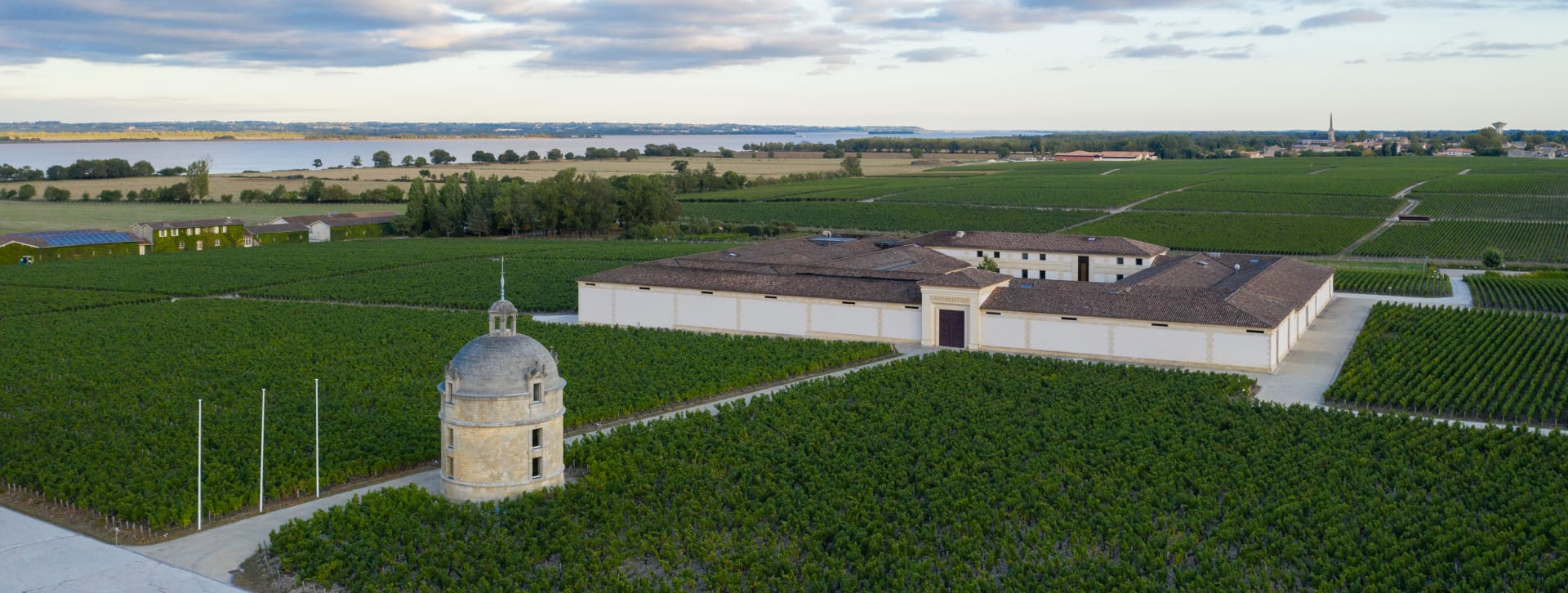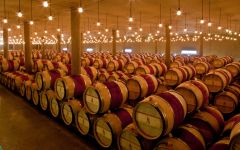Chateau Latour 2011
-
Wine
Enthusiast -
Wine
Spectator -
James
Suckling -
Robert
Parker



Product Details
Your Rating
Somm Note
Winemaker Notes
Blend : 84.5% Cabernet Sauvignon, 15% Merlot, 0.5% Petit Verdot
Professional Ratings
-
Wine Enthusiast
Big tannins and impressive fruits are the hallmarks of this impressive wine. It is also subtle, not showing all its flavors at once, hiding beneath tannins and structure. For this fruity vintage, it shows a strong sense of direct, solid structure, only allowing the strong black plum and berry flavors to come through slowly. Cellar Selection
-
Wine Spectator
This has a gorgeous core of steeped plum, boysenberry and black currant coulis flavors, backed by a prominent graphite note that drives through the lengthy finish, where extra hints of anise and sweet tobacco flitter in the background. Regal. Best from 2018 through 2035.
-
James Suckling
The nose is complex, featuring smoke, meat and hints of wood, with currants, olives and berries underneath. Full body with super-velvety tannins. The strong acidity gives the wine an edginess. Love the spicy, subtly fruity finish. Steely
-
Robert Parker's Wine Advocate
A blend of 84.5% Cabernet Sauvignon, 15% Merlot and 0.5% Petit Verdot, the 2011 Latour represents only 34% of the crop. It hit 13.1% natural alcohol. One of the vintage's most compelling wines, it possesses a dense ruby/purple color as well as a sweet, open-knit personality with ripe tannin, superb intensity, good purity and harmony, a medium to full-bodied mouthfeel, and lots of crushed rock, floral and black as well as blue fruit notes in addition to hints of ink and forest floor. This beautifully rich, savory Latour will be surprisingly drinkable in 4-5 years, and should age easily for two decades or more.
Rating: 93-95 Points
Other Vintages
2015-
Wine
Enthusiast -
Robert
Parker -
James
Suckling - Decanter
-
Wine
Spectator
-
James
Suckling -
Wine
Enthusiast -
Robert
Parker -
Wine
Spectator -
Jeb
Dunnuck - Decanter
- Decanter
-
Robert
Parker -
Wine
Spectator -
James
Suckling
- Decanter
- Vinous
-
Robert
Parker -
James
Suckling -
Wine
Enthusiast -
Wine
Spectator
-
Robert
Parker -
James
Suckling - Decanter
-
Wine
Enthusiast -
Wine
Spectator
- Decanter
-
Wine
Enthusiast -
Jeb
Dunnuck -
Robert
Parker -
James
Suckling -
Wine
Spectator
-
Wine
Enthusiast -
Robert
Parker -
Wine
Spectator
- Decanter
-
Jeb
Dunnuck -
Wine
Enthusiast -
Wine &
Spirits -
Robert
Parker -
Wine
Spectator
-
Wine &
Spirits -
Wine
Enthusiast -
James
Suckling - Vinous
-
Wine
Spectator -
Robert
Parker -
Jeb
Dunnuck - Decanter
-
Wine
Enthusiast -
Wine
Spectator -
Robert
Parker -
Wine &
Spirits -
Jeb
Dunnuck -
James
Suckling
-
Robert
Parker -
James
Suckling -
Wine
Spectator -
Wine
Enthusiast
-
Wine
Spectator -
Robert
Parker
-
Jeb
Dunnuck -
Wine
Spectator -
Robert
Parker
-
James
Suckling -
Wine
Spectator - Decanter
-
Wine
Enthusiast -
Robert
Parker
-
Robert
Parker -
Jeb
Dunnuck -
Wine
Spectator
-
Wine &
Spirits -
Wine
Spectator
-
Wine
Spectator -
Robert
Parker
-
Robert
Parker -
Wine
Spectator
-
Robert
Parker -
Wine
Spectator
-
Wine
Spectator
-
Wine
Spectator
-
Wine
Spectator -
Robert
Parker
-
Wine
Spectator
-
Wine
Spectator -
Robert
Parker
-
Wine
Spectator
-
Wine
Spectator -
James
Suckling - Decanter
-
Wine
Spectator
-
Robert
Parker -
Wine
Spectator
-
James
Suckling









At the beginning of the eighteenth century, Chateau Latour started to be highly recognized around the world, thanks to the reconquest of the British market and the development of the wine business in Northern Europe. The aristocracy and other wealthy groups of consumers became very enthusiastic about a few great estates, of which Latour was one. And that was how Thomas Jefferson, ambassador of the United States in France, and future President, discovered this wine in 1787. At that time, a cask of Chateau Latour was already worth twenty times as much as one of ordinary Bordeaux wine.
The reputation of Chateau Latour was consolidated during the 19th century. It was confirmed in 1855, when the government of Napoléon III decided to classify the growths of the Médoc and the Graves for the International Exhibition in Paris: Chateau Latour was classified as a First Growth. The existing chateau was built during this "Golden Age", between 1862 and 1864.
